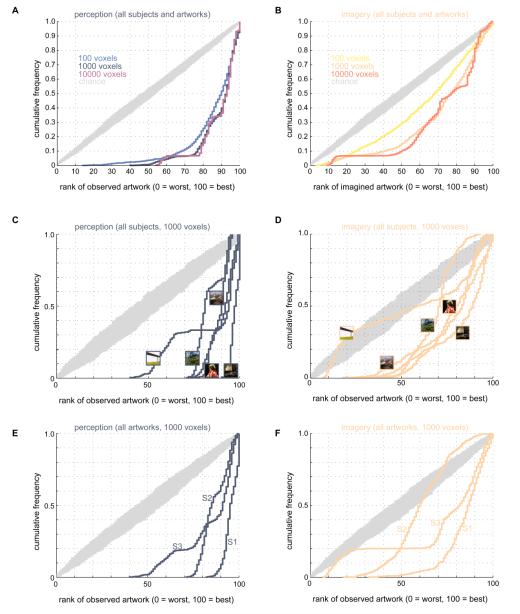Figure 4. Artists’ galleries sorted by mental imagery.
A-B) Effect of population size on mental image identification. Measured activity in populations of 100, 1000, or 10000 voxels was used to sort digital galleries associated with each of the five artists whose artwork was used in our experiments. Voxel populations were created by random sampling of the 30,000 voxels with highest model prediction accuracy. Activity measured in these populations was used to rank-order the perceived or imagined artwork with respect to 100 images retrieved from a Google Images query on each artist’s name. For each voxel population measured responses were correlated against the response predicted by the voxel-wise encoding models to all the images for a specific artist (including the artwork that was perceived/imagined during the experiment). Images were then ranked according to the strength of the correlation between the measured and predicted responses. The cumulative histograms show the cumulative probability (y-axis) of rankings (x-axis) for the artwork actually perceived (blue-violet curves in A) or imagined (yellow-orange curves in B) during the experiment. Rankings vary from 0 (worst) to 100 (best). Chance performance is indicated by grey curves (10,000 cumulative histograms obtained by random permutation of rankings). Rankings are significantly higher than expected by chance wherever the histograms for perception and imagery runs dip below the histograms for chance performance. In these panels data for all subjects and artworks are combined. C-D) Mental image identification accuracy for individual artworks. In these panels data for all subjects were pooled and the number of voxels per population was fixed at 1000. Thumbnail images indicate artwork corresponding to each curve. Although no single artwork can account for the ability to decode mental images using low-level features, there is more variation in decoding accuracy across artworks for mental images than perceived images. E-F) Mental image identification accuracy for individual subjects. In these panels data for all artworks were pooled and the number of voxels per population was fixed at 1000. Each curve corresponds to a different subject (labeled S1, S2, and S3). Identification accuracy varies more across subjects for mental images than for perceived images.

